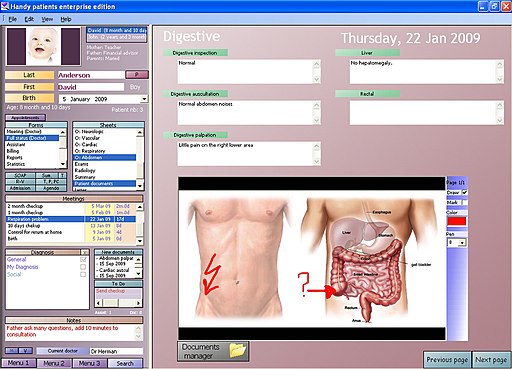
When you see your doctor, a nurse’s assistant or nurse will first come into the office and provide the standard medical testing procedures, such as weight and blood pressure. He/She will then enter that information into the computer containing your medical record.
These records are very confidential; only the medical office, clinic, or hospital can access them, technically called Electronic Health Records or EHR. Medical providers have been required to use EHR since the Obama Administration administered this policy to keep our medical records safe and secure and bring administrative healthcare technology to the 21st century.
The Health Insurance Portability and Accountability Act of 1996 is the policy every medical provider must adhere to. The Centers for Medicare and Medicaid (CMS) is the governing agency overseeing HIPAA and any violations.
You can tell if your medical provider follows this rule when you visit your doctor’s office. If you still see rows and rows of paper charts, your doctor has not yet upgraded to EHR, but this would be a HIPAA violation and the physician or physician’s office can be placed under severe penalties.
Implementing such a system is expensive, and they also have a tedious learning curve that all staff, not just physicians, need to learn. Once implemented, keeping track of your medical records becomes faster, less prone to error, much more secure, and more organized; hence, more efficient.
The EHR process includes entering codes related to one’s injury or illness. Until recently, these codes were called ICD-9, but the last update is called ICD-10, where they added about 64,000 more codes to the system.
The medical staff does not need to remember every code, of course. All they need to do is run a search related to that particular illness or injury. For example, a boy in a little league fell and broke his arm. The staff member would look up a sports arm injury and get a code or set of codes that relate to that injury.
To get a more detailed understanding of the ICD-10 process, please see this chart from the Center for Medicare and Medicaid (CMS).
